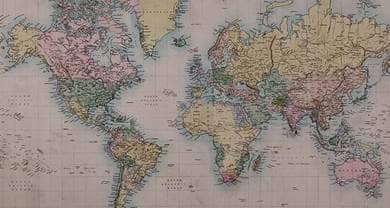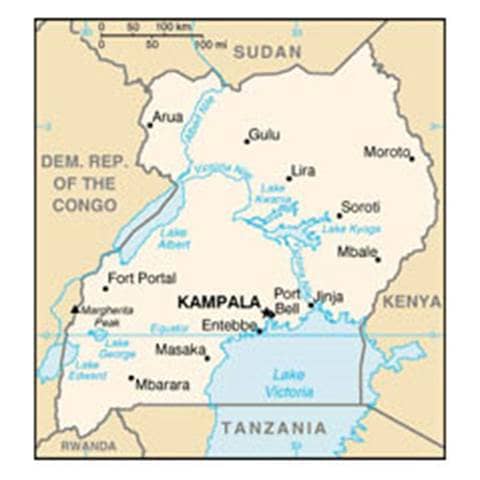- Trending:
- Forgiveness
- |
- Resurrection
- |
- Joy
- |
- Feminism
- |
- Afterlife

RELIGION LIBRARY
Uganda

The country has an area of 93,000 square miles and a population of 31.3 million. According to official government figures, an estimated 85 percent of the population is Christian, 12 percent is Muslim, and the remaining 3 percent follow indigenous beliefs, Hinduism, Baha'ism, and Judaism. Some Muslims and Christians believe that the Muslim community is larger than the government numbers reflect. Of the Christian population, the Roman Catholic Church has the largest number of followers with 42 percent; the Anglican Church has an estimated 36 percent, and evangelicals, Pentecostals, and Orthodox Church members make up the rest. The Muslim population is primarily Sunni. Indigenous religious groups practice in some rural areas, occasionally blending their beliefs with or practicing them alongside Christianity or Islam. Indian nationals are the most significant immigrant population; members of this community are primarily Shi'a Muslim followers of the Aga Khan or practice Hinduism. The northern and West Nile regions are predominantly Catholic, while Iganga District in the east has the highest percentage of Muslims. The rest of the country has a mixture of religious affiliations.
| Population | Population (2009 est.) 32,369,558 |
| Religious Demographics | Roman Catholic 41.9%, Protestant 42% (Anglican 35.9%, Pentacostal 4.6%, Seventh Day Adventist 1.5%), Muslim 12.1%, other 3.1%, none 0.9% (2002 census) |
| Ethnic Groups | Ethnic Groups Baganda 16.9%, Banyakole 9.5%, Basoga 8.4%, Bakiga 6.9%, Iteso 6.4%, Langi 6.1%, Acholi 4.7%, Bagisu 4.6%, Lugbara 4.2%, Bunyoro 2.7%, other 29.6% (2002 census) |
| Languages | Languages English (official national language, taught in grade schools, used in courts of law and by most newspapers and some radio broadcasts), Ganda or Luganda (most widely used of the Niger-Congo languages, preferred for native language publications in the capital and may be taught in school), other Niger-Congo languages, Nilo-Saharan languages, Swahili, Arabic |
| Country Flag |  |










